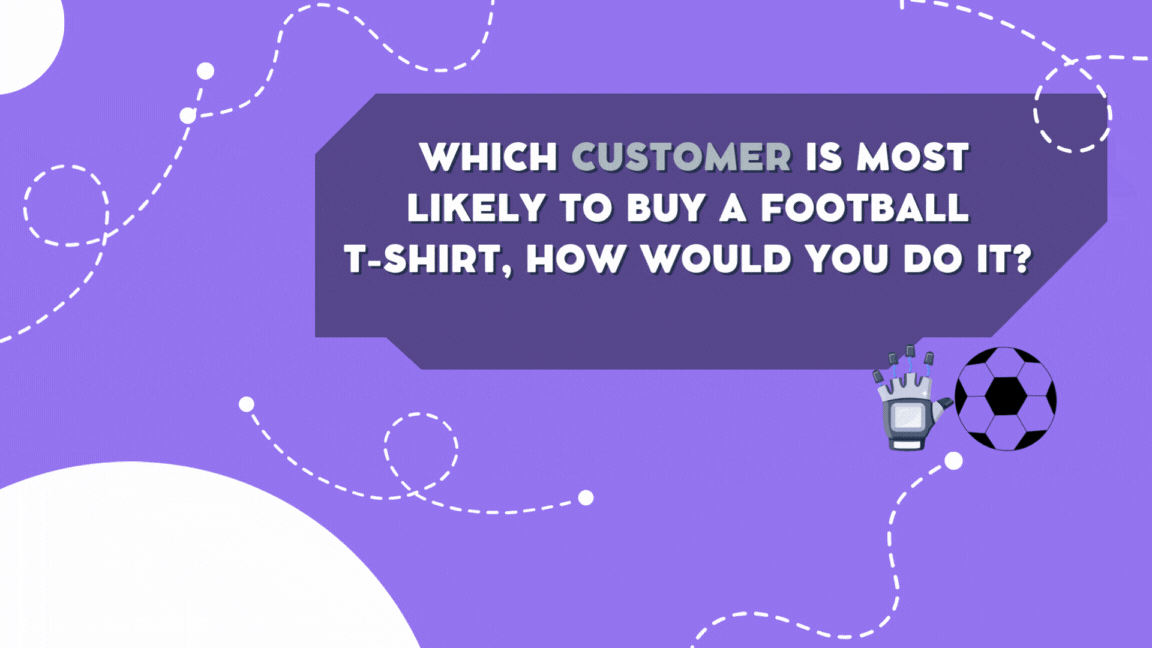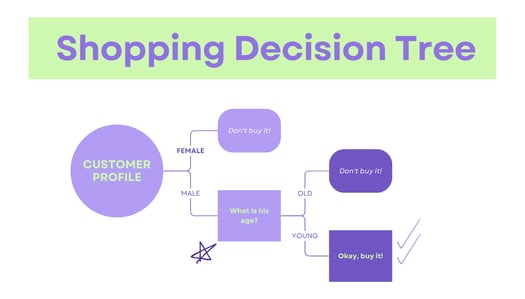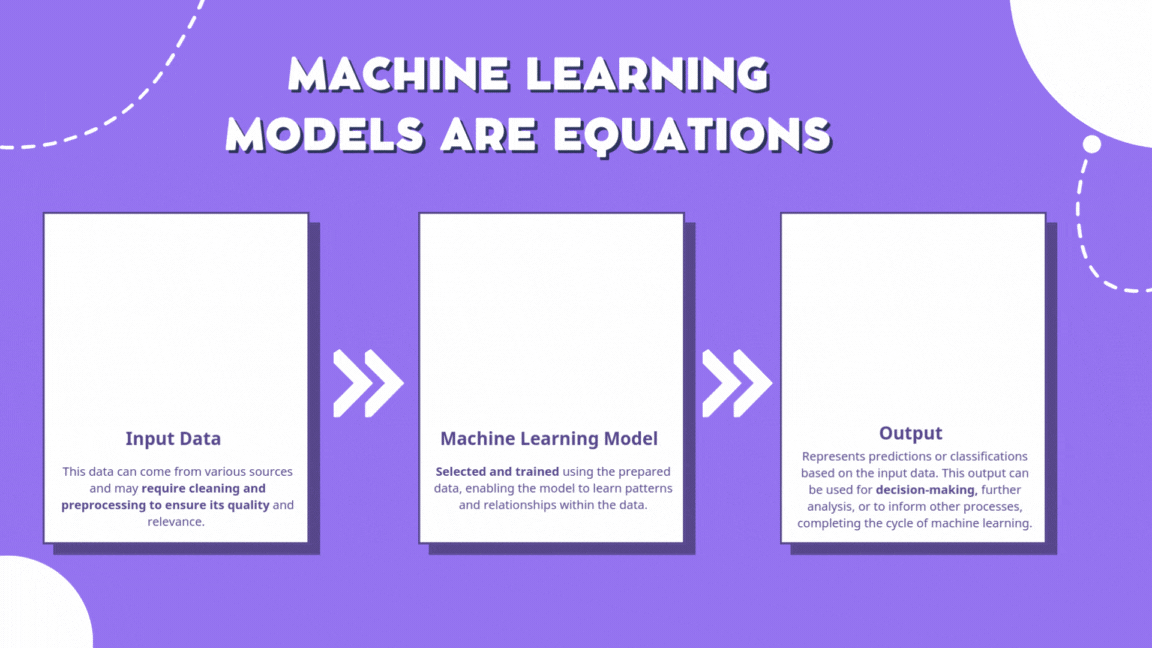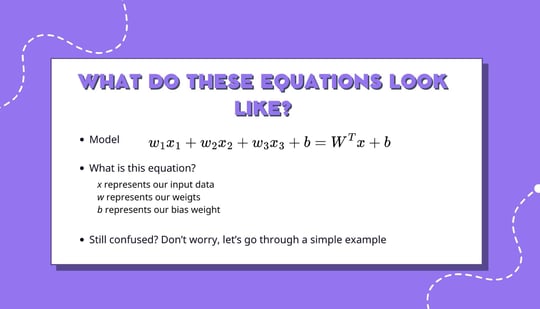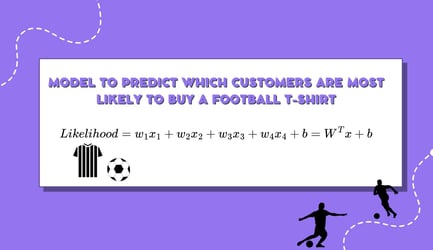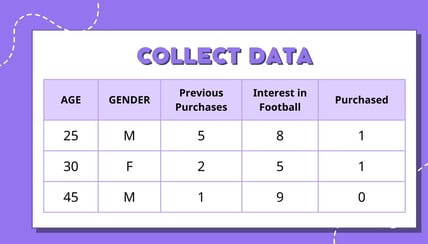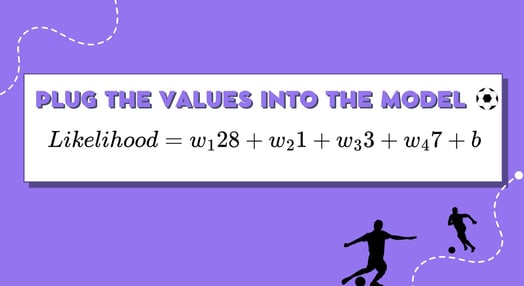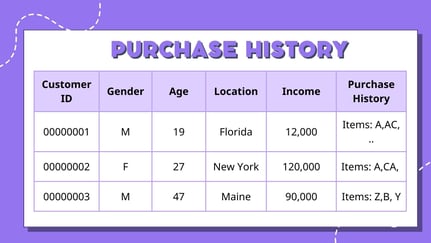Unlocking the Future: Understanding Machine Learning and Its Potential
Feeling overwhelmed by Machine Learning? 🤔 You’re not alone! With so many buzzwords flying around, it’s easy to get confused. But don’t worry—I’ve got you covered.
Glasiuk Eliana
10/21/20246 min read
What Is exactly machine learning?
Machine Learning is almost synonymous to Artificial Intelligence (AI) because it entails the study of how software can learn.
It is a sub- field of AI that uses statistical techniques to give computer systems the ability to “learn” from data, without being explicitly programmed.
It has seen a rapid explosion in growth in the last 5-10 years due to the combination of incredible breakthroughs in new algorithms such as Deep Learning, combined with almost exponential increases in CPU power, especially in parallel operations (GPU and TPU) which allowed for huge improvements in training Deep Learning networks.
What is explicit programming?
We said Machine learning allows software to learn without explicitly programming the information. But what do we mean by that exactly?
If I asked you to teach this robot or computer to know which customer is most likely to buy a football shirt, how would you do it?
You’d probably set up some predefined rules on finding the most likely customer. Something like males under 25. We would create some explicit rules to determine which customer will buy the football shirt.
Explicit programming is difficult
Now, imagine we had to program these rules into a computer system, and imagine we had access to a lot more information:
Gender
Age
Education
Income
Location
Past purchases creating an explicit rule-based system for each product will take extremely long, be prone to mistakes and generally not feasible.
We Need a Better solution!
Machine Learning involves using algorithms that can learn from data without any explicit programming by the user. Imagine we had the customer profiles and their past purchase history. Using some machine Learning algorithm, we can feed this data to the computer and create a model that can tell us if a customer is likely to purchase a specific product!
How we look the purchase history?
How Machine Learning enables Computers to Learn
Based on a customer's purchase history and other attributes, we can use this data to teach a computer how to learn.
But how?
In simple terms, we use statistical methods to understand what attributes were associated with customers who purchase football shirts, for example.
Our machine learning model can find that customers who purchase football shirts were most likely young males, who lived in warmer climates and had previously purchased other athletic equipment.
How does Machine Learning Work?
Generally we can say Machine Learning algorithms work by looking at examples, or what we appropriately call Training Data. Its like humans learn, by doing.
Machine Learning models are Equations!
Machine Learning models are “just” mathematical equations that transform our input data into the output we desire!
Simple example of how to create a model to predict which customers are most likely to buy a football shirt
Step 1: Define Input Features
First, we need to identify features that might influence a customer’s likelihood to buy a football shirt. Some possible features could include:
Age (x1): The customer's age.
Gender (x2): The customer’s gender (could be binary or categorical).
Previous Purchases (x1): Number of previous purchases related to sports or T-shirts.
Interest in Football (x1): A score representing their interest in football (could be derived from surveys or browsing history).
Step 2: Create the Model
Using the input features, the model can be represented as:
Step 3: Collect Data
To train this model, you would need a dataset containing information about past customers, their features, and whether or not they bought the T-shirt (1 for yes, 0 for no). For example:
Step 4: Train the Model
Using the dataset, you would train the model. The training process involves adjusting the weights (w1,w2,w3,w4w_1, w_2, w_3, w_4w1,w2,w3,w4) and the bias (bbb) so that the model can accurately predict whether a customer is likely to buy a T-shirt based on the input features.
Step 5: Make Predictions
After training, you can use the model to make predictions. For instance, suppose you have a new customer with the following features:
Age: 28
Gender: Male (encoded as 1)
Previous Purchases: 3
Interest in Football: 7
You would plug these values into the model:
After calculating, you would get a score representing the likelihood of this customer purchasing the T-shirt. If the score is above a certain threshold (e.g., 0.5), you might predict that they are likely to buy it.
Summary
In summary, the process involves:
Identifying relevant features that might influence purchase behavior.
Collecting data on past customers.
Training a model to learn the relationship between features and purchase likelihood.
Using the trained model to predict future customers’ behaviors.
Applications
Machine learning (ML) has become a pivotal technology in various domains, showcasing its versatility and effectiveness in solving complex problems. This section highlights some key applications of machine learning across different industries.
Natural Language Processing
Natural language processing (NLP) is one of the most prominent applications of machine learning, enabling machines to understand and generate human language. Techniques such as recurrent neural networks (RNNs) and transformers facilitate tasks including translation, summarization, and sentiment analysis. For instance, autoregressive models in NLP can generate text by predicting the next word in a sequence based on prior context, exemplified by OpenAI's GPT-2 and GPT-3 models.
Computer Vision
In the field of computer vision, machine learning algorithms, particularly neural networks, are extensively used for image classification, object detection, and segmentation tasks. Perceptrons and deep learning models have demonstrated remarkable accuracy in recognizing images and identifying specific features, such as faces or handwritten digits. These models have been successfully applied in various contexts, including medical imaging, where they can segment brain tumors from MRI scans with high accuracy.
Healthcare
In healthcare, machine learning techniques are applied for predictive analytics, diagnosis, and treatment recommendations. For example, models can analyze patient data to predict heart disease or assist in diagnosing various conditions by identifying patterns that may not be apparent to human experts. Additionally, unsupervised learning methods help in customer segmentation, allowing businesses to tailor their products and services to specific market needs.
Autonomous Systems
Machine learning plays a crucial role in the development of autonomous systems, such as self-driving vehicles and robotics. These systems utilize deep learning algorithms to process data from sensors and cameras, allowing them to navigate and interact with their environments effectively. The ability to make real-time decisions based on visual and sensory input is transforming industries like transportation and logistics.
Fraud Detection
Machine learning is increasingly utilized in fraud detection systems across financial services. By analyzing transaction patterns and user behavior, machine learning models can identify anomalies and flag potentially fraudulent activities. This proactive approach enhances security and helps in mitigating financial risks.
Weather Forecasting
Machine learning algorithms are also utilized in weather forecasting, where historical weather data is analyzed to predict future conditions. By learning from patterns in past data, these models can improve the accuracy of weather predictions, benefiting various sectors reliant on climate information.


